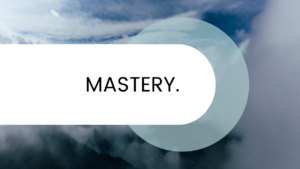Authority in Change
The issue in many cultures is not the absence of evolutionary principles and practices. Those successful examples are actually present, hiding in plain sight. The problem lies in their lack of propagation. And this lack of propagation stems from the fact that the vast majority of teams don’t feel a sense of ownership over their own way of working. From their assigned roles to the meetings, they attend and the tools they utilize, everything has been dictated to them for far too long. Instead of rushing to make sweeping changes, start by granting your teams the authority to make some adjustments to how they collaborate. This small step can make a significant difference.
Questions on Authority
The following questions can be applied to the organization as a whole or the teams within it. Use them to provoke a conversation about what is present and what is possible.
- How is authority distributed?
- Who can tell others what to do?
- What kinds of decisions do we make?
- How do we make important decisions?
- How do we approach risk?
- What is safe to try? What is not?
- What decision rights do all members have?
- What decision rights are reserved for specific roles or teams?
What does it mean to be People Positive about authority?
Recognize that freedom and autonomy feed motivation. Create an environment where it is safe to try and safe to fail, and teams will learn and grow in extraordinary ways.
What does it mean to be Complexity Conscious about authority?
Accept that we are operating in a complex and rapidly changing world where centralized control is simply too slow and disconnected from reality. Push authority to the edge of the organization—where the information is—so teams can adapt and steer continuously.
Now that you are familiar with the dimensions of our theory, let’s discuss how we can apply it. Like many other tools, our approach can be used in different ways. It can be used descriptively to describe your own way of working or that of another team. It can be used diagnostically to analyse positive or negative patterns we have observed (e.g. why do new employees feel confused by the onboarding process?). In addition, some teams use our approach to envision how the organisation could evolve.
We use it primarily as an awareness-raising tool to capture stories, tensions and experiments that are happening in the real world. We ask the teams themselves to interpret what is happening. Regardless of the approach, our approach usually triggers a rethink in the teams as they begin to systemically rethink the way they work. A meeting is no longer just a meeting; it becomes a forum for belonging, an opportunity to share information, a chance for buy-in or even a potential waste of time. Our approach encourages such conversations, and these conversations will ultimately lead to change.
Every decision is associated with emotions. When you are faced with a decision, the subcortical structures in your brain are activated and trigger a cascade of emotions, instincts and bodily sensations. These elements influence a somatic decision or even bring it about before you are aware of it. This phenomenon is commonly referred to as a “gut feeling”. The interplay between our different thought systems happens so quickly and seamlessly that we often don’t even realise it. We may hold on to the belief that most of our decisions are made objectively and rationally, but this is not the case.
Therefore, at this point, you should have already made your decision. Somewhere in your mind or body, you know it. Either you believe that we need to change the way we work and are ready to take that step, or you don’t believe it and never will. Those who believe – the catalysts, the visionaries, the risk-takers – have understood that the future will not be a desirable place unless we change how we work together as humans to design and build the future in a way that employees will love coming to work.
So where do we go from here? The answer is simple; the implementation is a challenge. If you have some responsibility over others – in business, philanthropy, education, public service, your community or even at home – it’s your job to improve the humanity, vitality and adaptability of the current organisational system. If you are ready to do so, we can embark on this journey together.
You might also be interested in
MASTERY IN CHANGE
How we grow and mature; the journey of self-discovery; our...
MEMBERSHIP IN CHANGE
How we define & cultivate relationships; the boundaries & conditions...
STRUCTURE IN CHANGE
How we organize and team; the anatomy of the organization;...
MEETINGS IN CHANGE
How we convene and coordinate; the many ways members and...
STRATEGY IN CHANGE
How we plan & prioritize; the process of identifying critical...
INFORMATION IN CHANGE
How we share & use data; the flow of data,...






